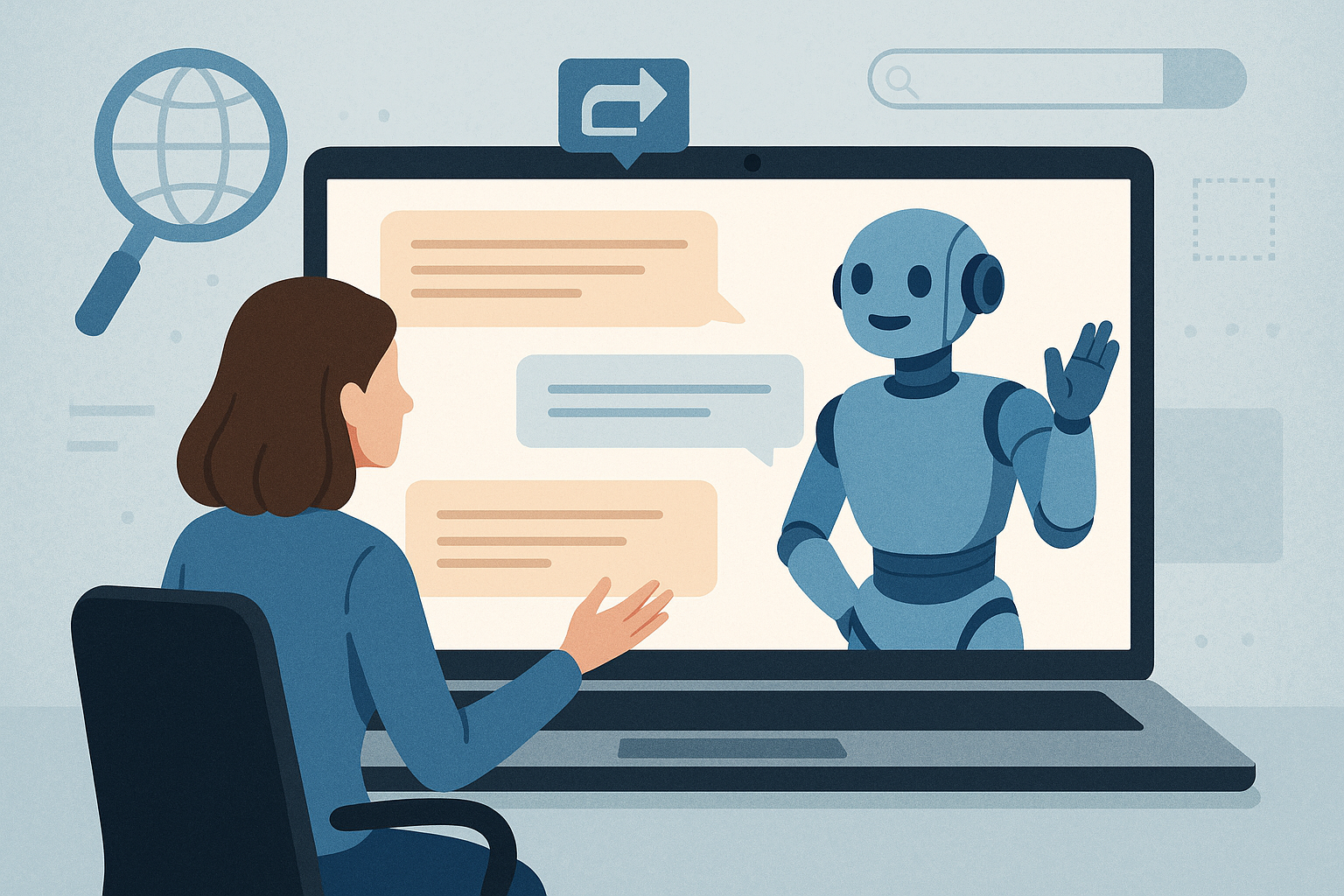In the modern landscape of software development, API gateways serve as the cornerstone of seamless communication between distributed services. Traditionally, configuring an API gateway requires developers to define connection classes and query structures manually. This process, while effective, is time-consuming, prone to human error, and often lacks scalability when faced with rapidly changing requirements.
Enter machine learning (ML), a transformative technology reshaping industries by automating complex tasks. When integrated into API gateways, machine learning has the potential to revolutionize the way connection classes and API queries are built, making them smarter, faster, and more adaptive.
The Role of an API Gateway
An API gateway acts as a mediator between clients and backend services, managing API requests, authentication, rate limiting, and routing. It simplifies the communication process by providing a single entry point for multiple services. The traditional approach, however, requires developers to:
- Write connection classes to define how the gateway interacts with various APIs.
- Manually construct query structures to ensure accurate data retrieval and operations.
While this method works well for static environments, it struggles in dynamic systems where APIs frequently change or new integrations are required.
Integrating Machine Learning into API Gateways
Machine learning introduces an intelligent layer to the API gateway, automating the creation and management of connection classes and queries. Here’s how it works:
- Dynamic Schema Recognition
- Predictive Query Generation
- Real-time Adaptation
- Semantic Understanding and Integration
Benefits of an ML-Enhanced API Gateway
Integrating machine learning into API gateways provides several key advantages:
- Reduced Development Time
- Enhanced Scalability
- Improved Accuracy
- Optimized Performance
- Cost Efficiency
Challenges and Considerations
While the benefits are compelling, implementing an ML-powered API gateway is not without challenges:
- Training Data Requirements: ML models require a significant amount of data to learn and generalize effectively.
- Complexity: Integrating ML into an existing gateway infrastructure can be technically demanding.
- Security: Ensuring that ML-generated queries and connections adhere to security best practices is crucial.
The Future of API Gateways
As machine learning technologies continue to mature, their integration into API gateways will become increasingly seamless. Future advancements may include:
- Self-Healing Gateways: Gateways that can detect and resolve integration issues autonomously.
- Context-Aware Queries: Leveraging contextual data to further refine API interactions.
- Unified API Ecosystems: Enabling cross-platform compatibility with minimal configuration.
dotMatters believes the fusion of machine learning with API gateways represents a significant leap forward in API management. By automating the creation of connection classes and queries, teams can now focus on higher-level tasks, ensuring faster, more reliable, and scalable applications. This innovation is not just a technical enhancement; it’s a reimagining of how we build and maintain interconnected systems in an increasingly dynamic world.









